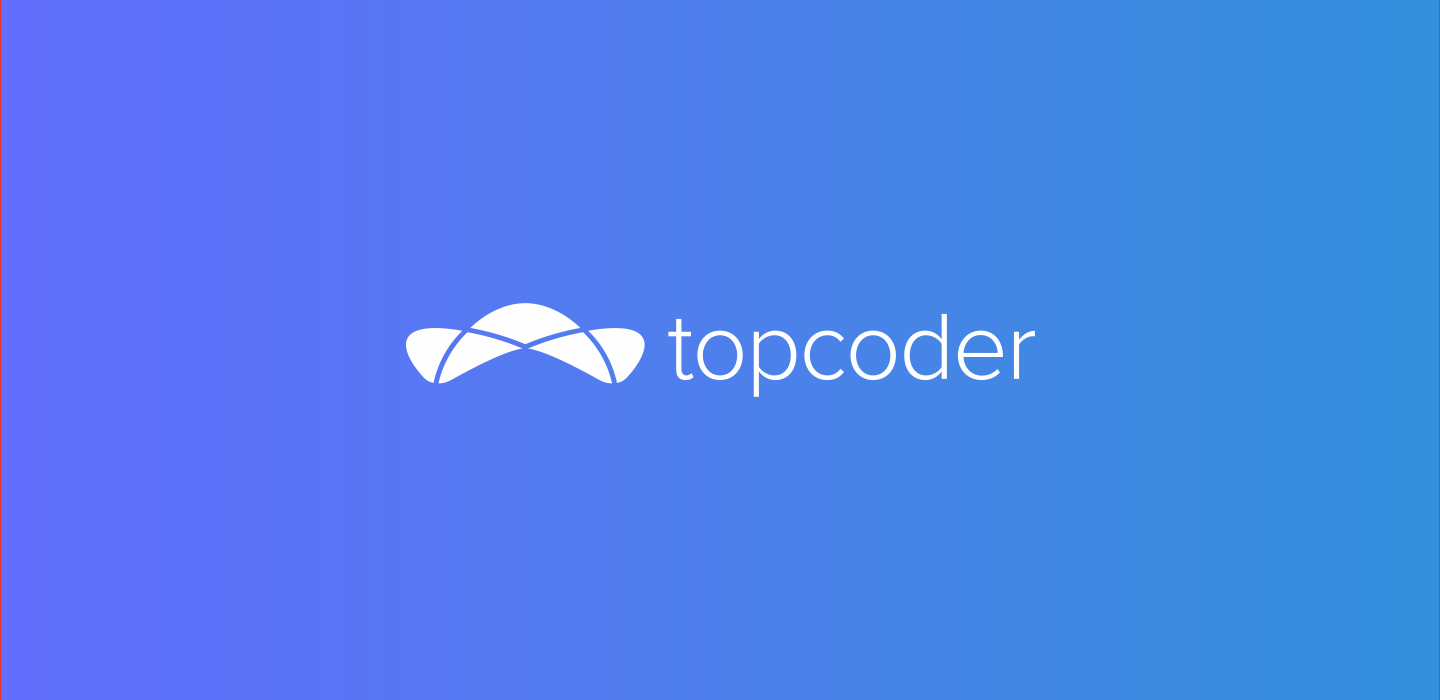November 13, 2018 What Healthcare Companies Need to Know About App Development
One particularly fast-growing vertical in technology is healthcare app development. The everyday use of smartphones and tablets is enabling healthcare workers to communicate with one another and streamline workflows. Most importantly, it’s also leading to better patient care. In fact, a recent survey found that 96% of organizations using mobile devices have seen an increase in patient experience scores, which are vital to organizations, as they correlate to performance metrics.
Healthcare app development has its own set of unique attributes and requirements, including things like protecting patient data in compliance with HIPAA. If your company provides healthcare IT solutions, or you’re a healthcare organization ready to extend your solutions with a mobile app, there are several things to consider.
Device optimization
Certain apps in healthcare may be used more on smartphones than on tablets, and there are differences between how users engage with a smartphone app versus a tablet app. Internal, enterprise apps are more likely to be used on a tablet, while a patient-centric app with a feature like “Call a Doctor” is more likely to be optimized for smartphones.
In either case, it’s important to take a mobile-first design strategy, in which all design stems from the smallest screen. And that’s where your patients begin, and where many healthcare professionals are — on the go.
Interoperability
Interoperability is vital to healthcare app development. Your app must be able to connect and integrate with existing clinical management tools. This means it must work with electronic health record systems, secure texting apps, and similarly critical components. This needs to be understood by your developers because without interoperability, you won’t see adoption and continued usage. Also, because healthcare has historically relied on traditional hosting over the cloud, an app may need to be built over an existing setup.
API components
If your app is meant to integrate with other systems, then an API may be necessary to pass along certain information. In the case of patient engagement solutions, you may need to add API components to authenticate your device to access the central patient data repository. Further, the app may need to connect with many other systems. It’s also important to note that not every API is open to third parties.
Data security and HIPAA compliance
First, when it comes to data security, data should not be stored in the app itself. It should reside in a secure app server, and that data must be encrypted. In fact, depending on the sensitive nature of the data (i.e., protected health information (PHI)), an end-to-end encryption must be used.
Encryption is one way to ensure the app is HIPAA-compliant, and you’ll need to ensure that the necessary safeguards are in place to protect PHI. If you’re a technology provider building an app for a healthcare organization, HIPAA compliance will be one of their chief concerns.
Improving patient care
Ultimately, most healthcare organizations want to improve patient care, which means that any new app should be able to enhance it in some way. Does the app give the healthcare team better access to records? Does it help with diagnosis or treatment? Does it streamline operations to reduce the time for discharge or check-in?
Improving patient care should always be top of mind in the healthcare industry. And for technology in general, this means putting the user at the center of every process and every feature. An enhanced experience also means providing an excellent UX and intuitive UI — the foundation for an easy-to-navigate app that delivers on growing expectations in healthcare technology.
Tackle healthcare app development with Topcoder
With Topcoder, you get more than a typical freelancer experience or outsourced solution. You get expertise through crowdsourcing. Meaning that multiple designers and developers will compete to deliver the best app components possible, all with your feedback, and you pay only for results — not hours worked. We’ve also spent years working on some of the most pressing technology problems in healthcare today, including cancer recognition technology with Konica Minolta and GWAS analysis with Pfizer and Harvard University.
Learn more about crowdsourcing versus traditional outsourcing or in-house development in our recent whitepaper, Application Design & Development: In-House? Outsource? Crowdsource?

Beth Osborne

